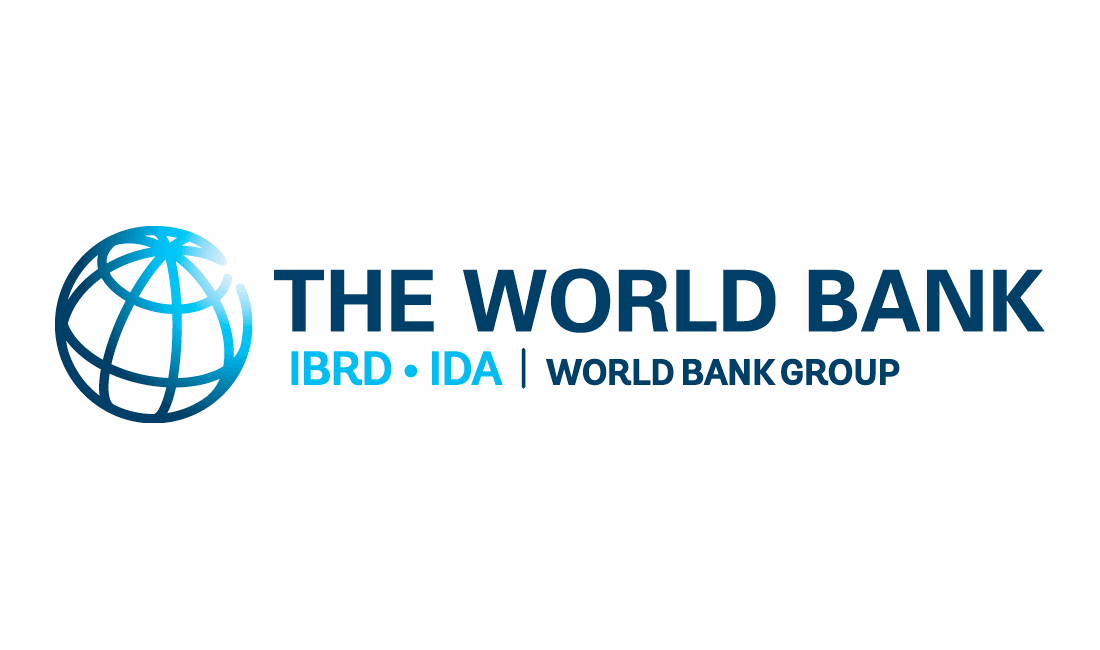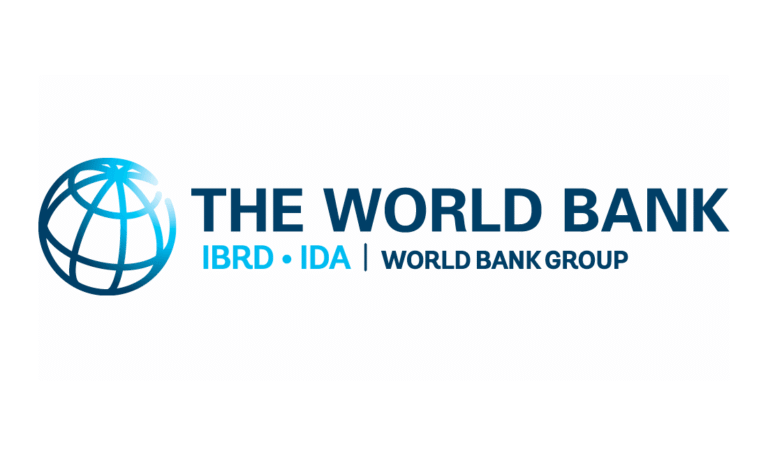In what could mark a significant step for sovereign risk management in East Africa, Rwanda is weighing the use of catastrophe bonds within a new disaster risk finance (DRF) strategy according to the World Bank Group. Over 100 government officials, development partners and financial experts reportedly met in Kigali in October for a workshop to validate Rwanda’s new disaster risk finance strategy, with the end goal being to make sure that the country has funds ready for when the next disaster strikes.
Over 100 government officials, development partners and financial experts reportedly met in Kigali in October for a workshop to validate Rwanda’s new disaster risk finance strategy, with the end goal being to make sure that the country has funds ready for when the next disaster strikes.
The workshop, which was organised by the Government of Rwanda, the World Food Programme, and the World Bank Group, marked an important shift towards the country’s future plans to respond to natural disaster events.
Instead of reacting after a disaster and seeking emergency funding, Rwanda aims to plan ahead and have financial tools set in place in order to respond quickly and efficiently for when such an event occurs.
Rwanda’s Minister of State for National Treasury, Godfrey Kabera, commented: “By integrating innovative financing tools, we are not only mitigating the risks of disasters but also ensuring that our communities recover faster and more sustainably.”
It’s important to note that Rwanda faces more frequent and severe floods, droughts, and landslides.
These disasters threaten lives, infrastructure, and years of development progress, and those that are impacted the most tend to be poor families and small businesses, which often have no savings or insurance to fall back on when these events strike.
Moreover, Rwanda’s new DRF strategy aims to build financial systems that can respond faster and reduce the economic impact of future crises within the country.
“Following the validation, a DRF training workshop enabled participants to build capacity to explore and assess ways to improve disaster financing. They looked at tools such as national budget reallocations, emergency reserve funds, contingent finance, sovereign insurance, derivatives, and catastrophe bonds,” the World Bank explained.
Adding: “These tools form a layered approach—different instruments are used for different types of risks, from small, frequent events to large, rare disasters. Based on the DRF diagnostic report, a risk layered approach could create savings of about $50 million per year on average, compared to the current approach. Even more savings could be generated for more extreme events.”
Aristarque Ngoga, Permanent Secretary in the Ministry in charge of Emergency Management, said: “Resilience is built not only through infrastructure, but through financial systems that can absorb shocks. By putting in place mechanisms such as contingency funds, risk-pooling, and insurance, we ensure that our communities, local governments, and national institutions can respond effectively and recover swiftly when disasters strike. Financial preparedness is as crucial as physical preparedness in safeguarding lives and development gains.”
Lastly, the World Bank outlined that Rwanda is already making progress towards building stronger financial preparedness through the use of a $140 million Catastrophe Deferred Drawdown Option (Cat DDO), which gives the government fast access to money right after a disaster, helping speed up recovery.
Through the Access to Finance for Recovery and Resilience Project, Rwanda is also developing an emergency lending program to help micro, small, and medium enterprises (MSMEs) get credit and debt relief when disasters strike.
Rwanda’s government is also reportedly working with insurers through a number of different public and private partnerships to help expand coverage for farmers, public assets, and infrastructure.


